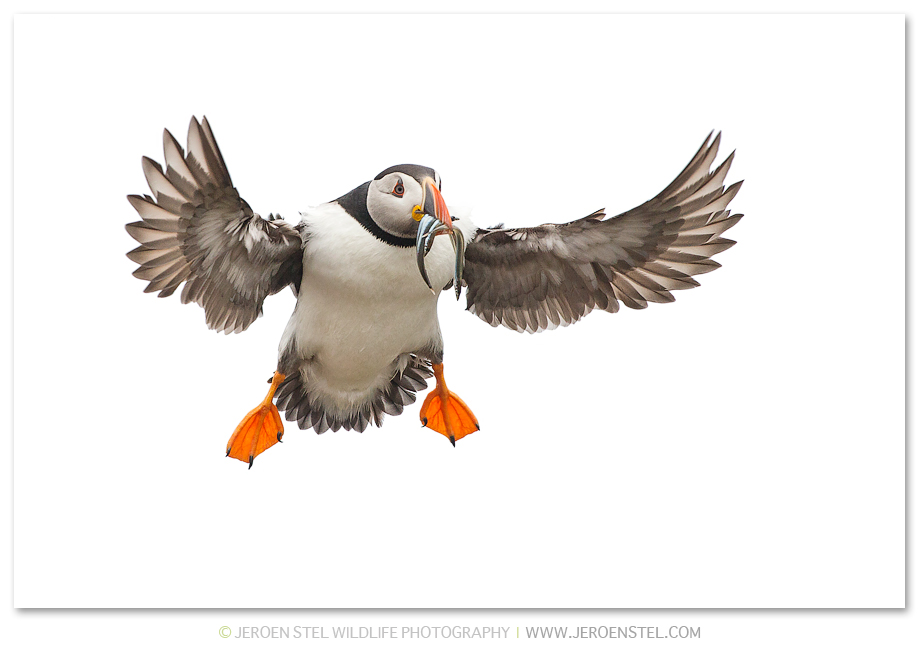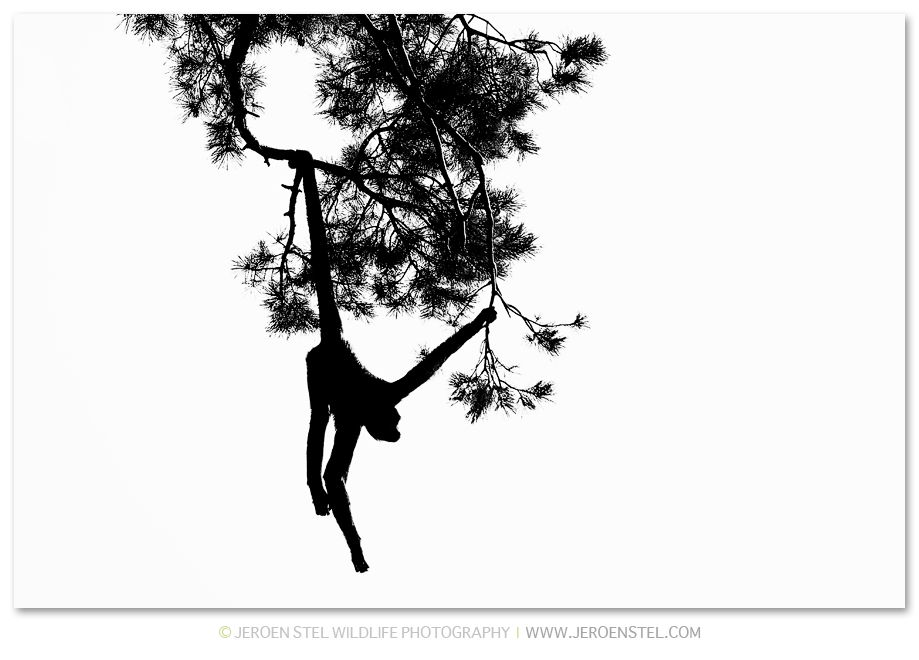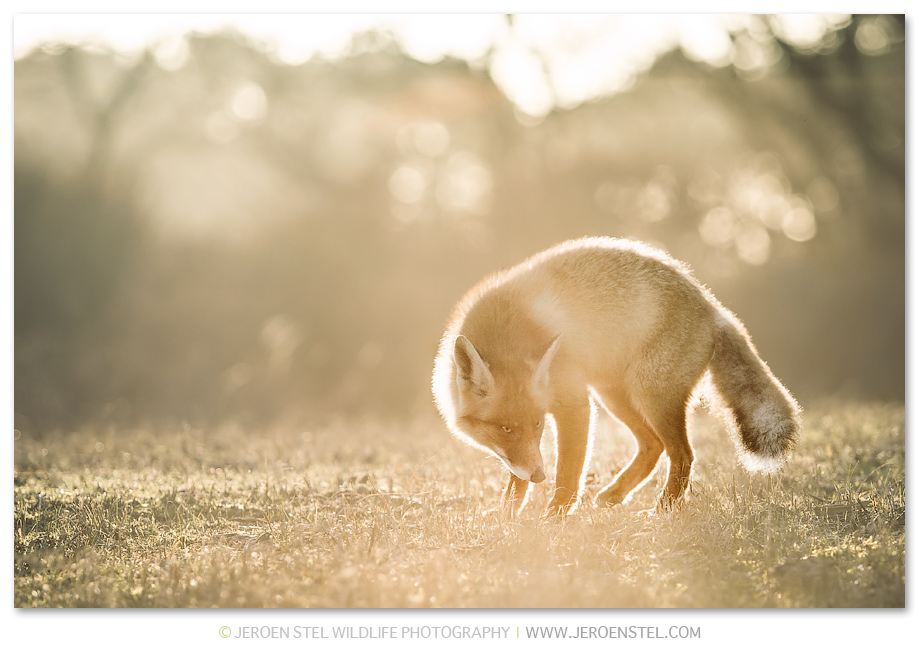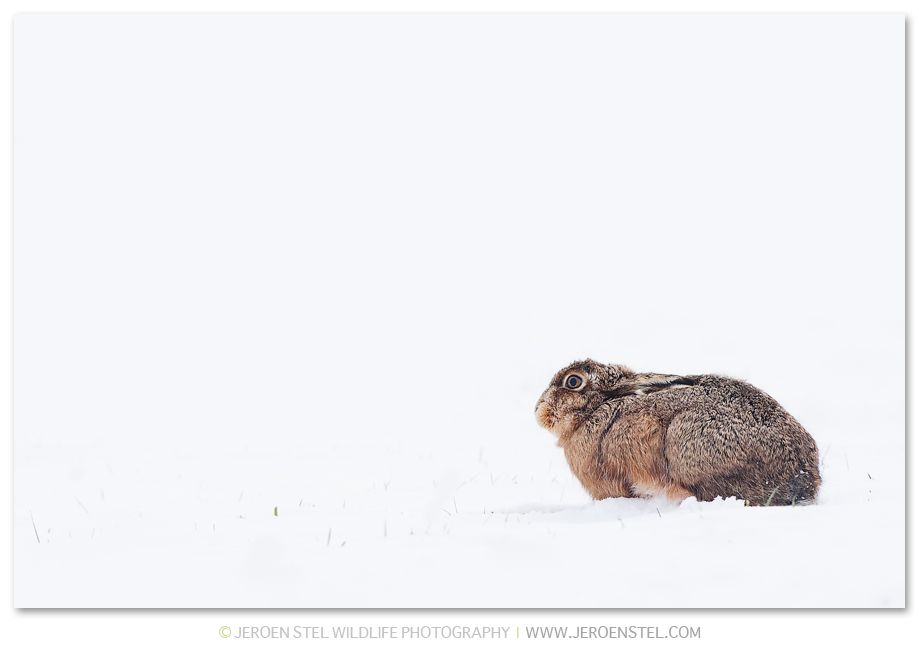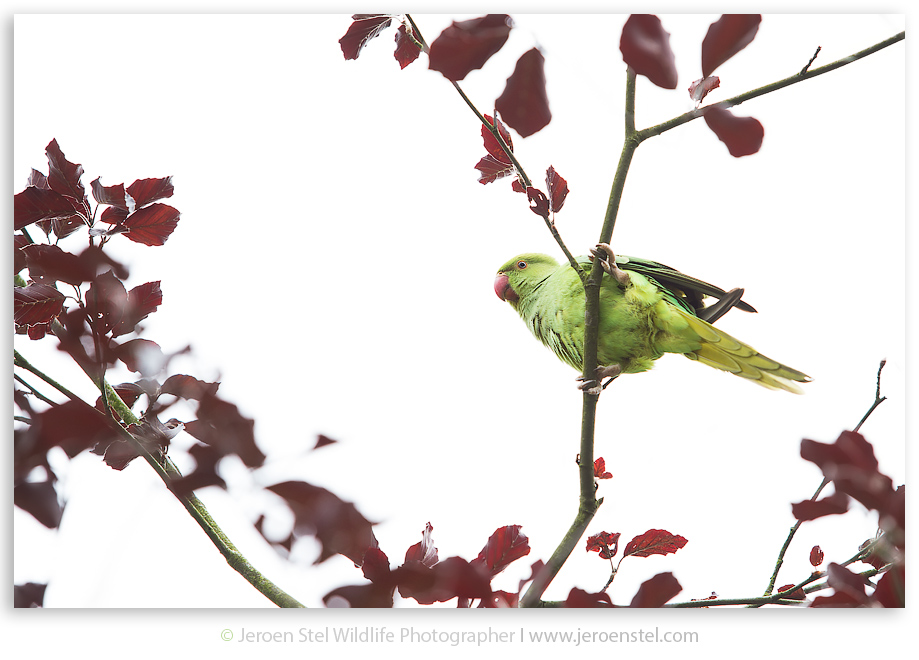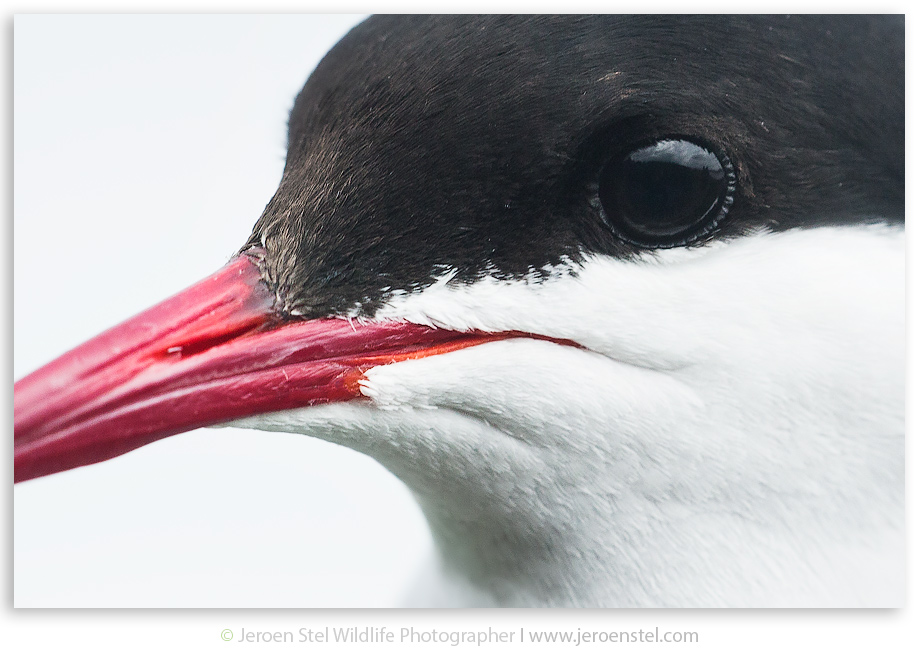Some like it some not… High Key photography. For me it is a way to express myself and a way to bend the light by overexposing.
High key photography uses unnaturally bright lighting to blow out most or all harsh shadows in an image. High key methods were originally developed as a solution to screens that couldn’t properly display high contrast ratios, but has developed into more of a stylistic choice.
High key images usually convey a positive or upbeat tone. This method is perfect for a subject that is funny, lighthearted or beautiful. Or simply a subject you want to seperate from it’s background. You see high key used regularly for wildlife photography, flowers and other subjects that are relatively light colored in nature. Another area perfect for high key is product photography. Practically speaking, the bright nature of the photo really highlights the product and can make for some great attention-grabbing contrast. Psychologically speaking, a product shown on white tends to suggest that it is high quality or upscale in nature.The opposite of high key is of course low key. Instead of eliminating shadows as in high key photography, low key photograps utilize dark scenes and heavy contrast to convey a sense of drama or foreboding as can be seen in the “Dark” section in my portfolio.
High key photography seeks to eliminate harsh shadows and create a bright environment. It is generally used to convey an upbeat, funny or beautiful subject but can be manipulated to communicate a number of moods and concepts.
If you want to shoot high key indoors, it’s best to have some studio lighting available, preferably 3-4 flashes: two on your subject, two on the backdrop. Also, make sure your camera’s settings are optimized to let in lots of light. Make sure there’s enough to brighten the scene considerably without blowing out the subject. For outdoors high key photography one needs to overexpose significantly (at around 2-4 full stops) in order to brighten up your natural subject and blow out the sky or background.
To create a solid white background, you need to completely overexpose your background without overexposing your subject. That means you’ll need much more light on your background than on your foreground subject; about 16 times more light (or four stops of light).
High key photography is challenging because it requires you to create an intentionally overexposed backgrounds while still properly exposing your subjects. Once you learn how to use exposure compensation and light your background, you’ll be able to create perfect white backgrounds when the situatiion calls for it. To learn more about high key photography please contact me for more infromation.



